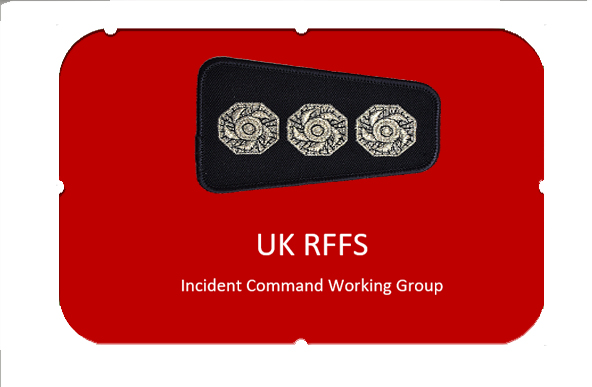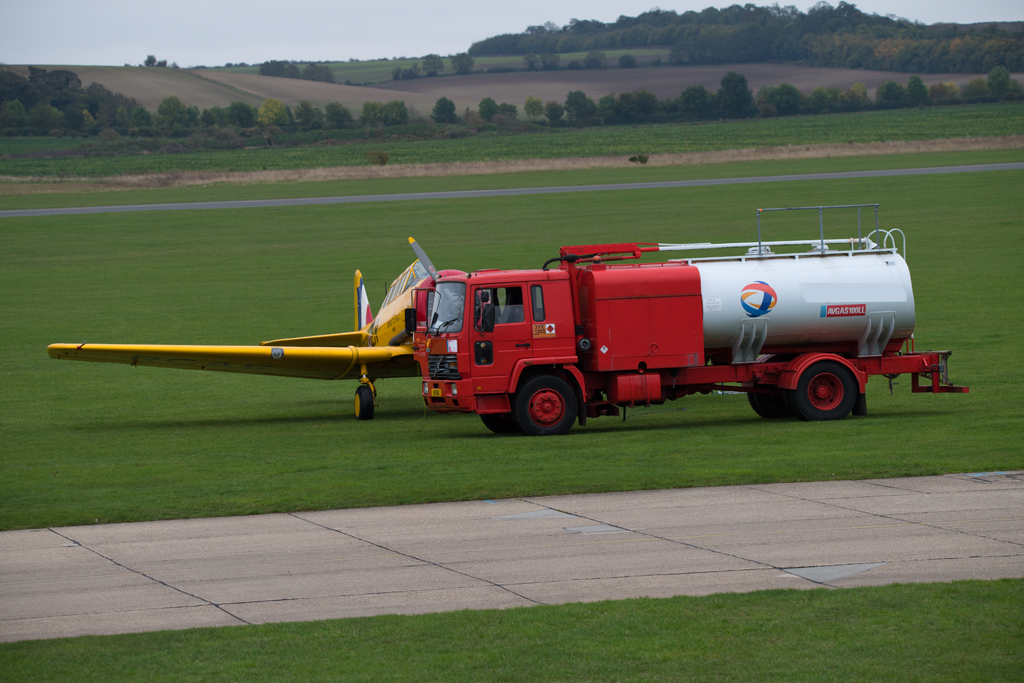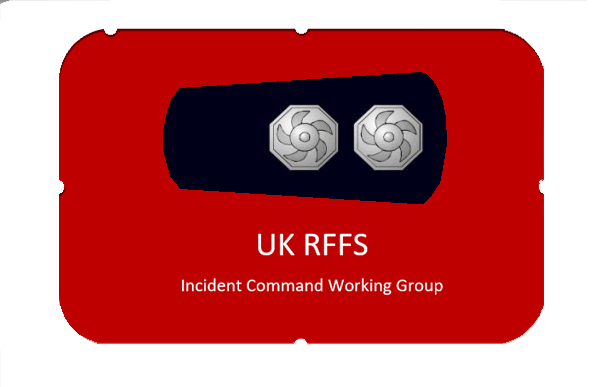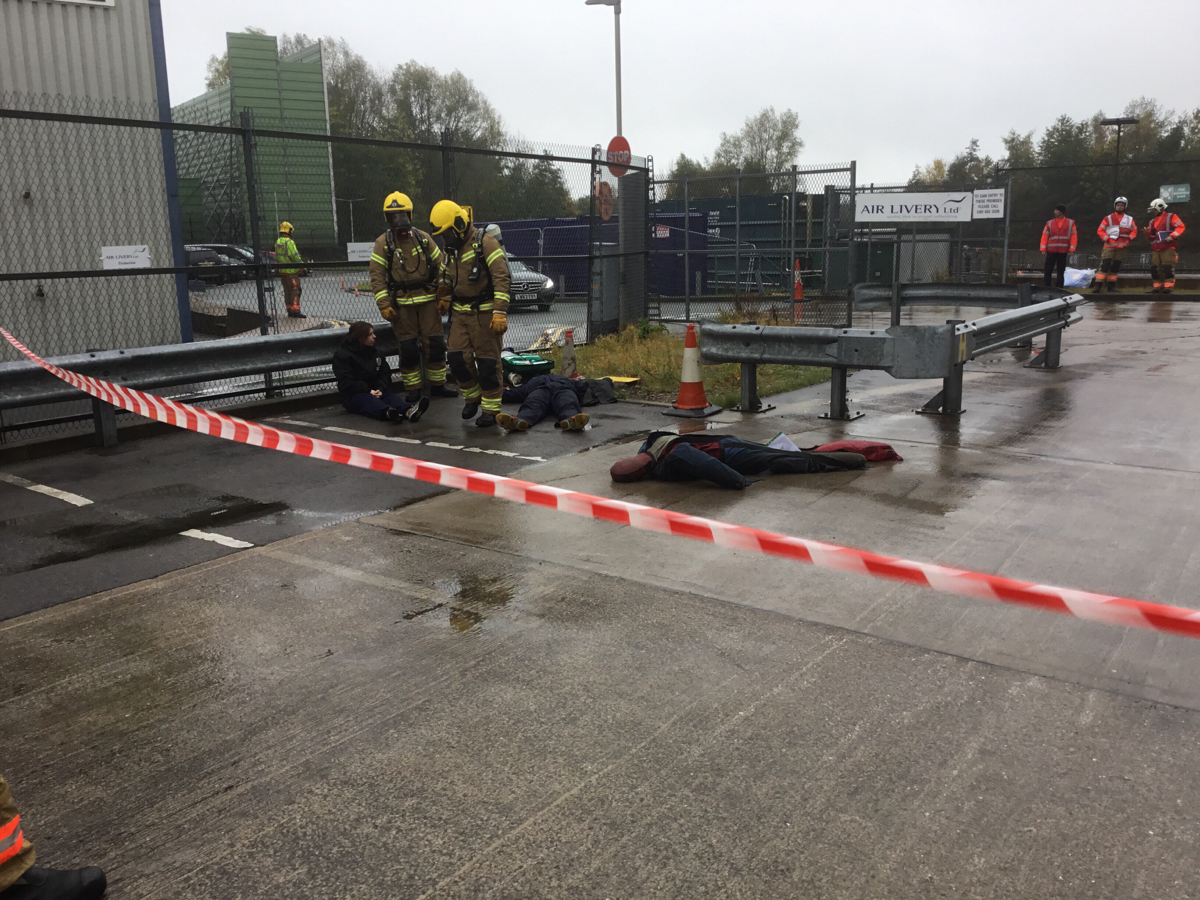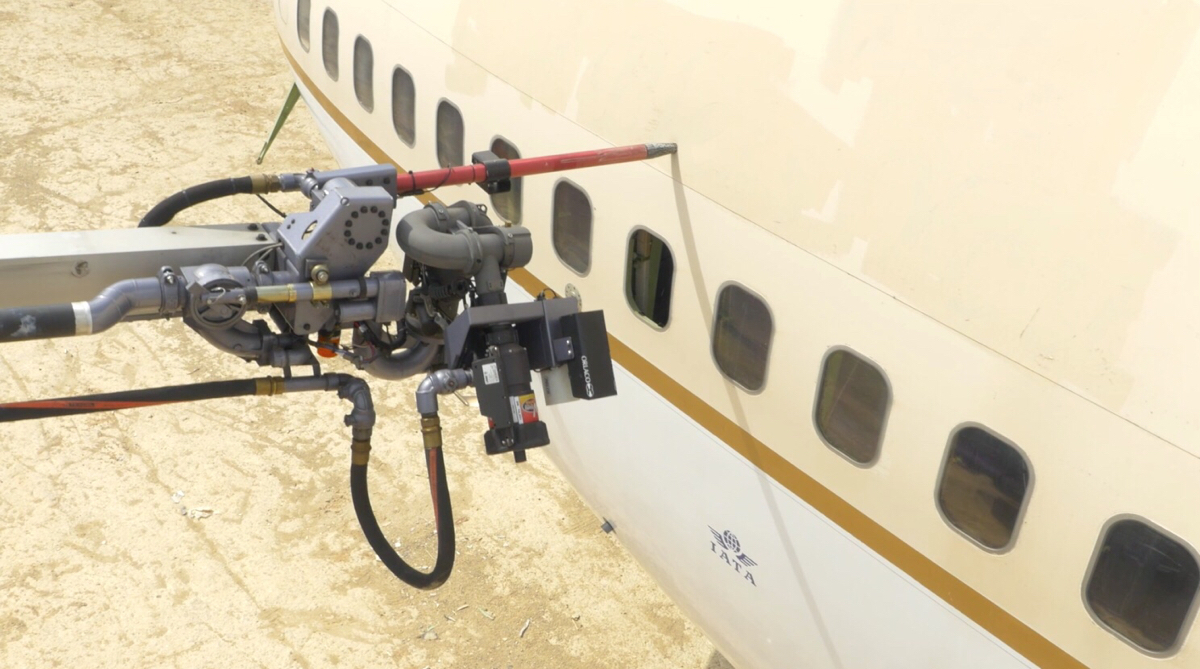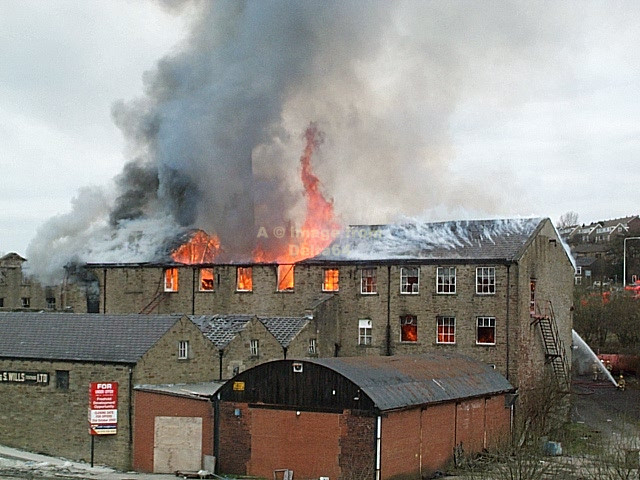Title Page
-
Candidate
-
Assessor
-
IQA
-
Date and Time
-
Scenario
-
Location
-
INSTRUCTIONS 1. " Pass", "Pass at Level 1", " Marginal Fail Level 2", "Significant Fail Level 3" or "Professional Discussion" on the questions provided below. 2. Add Photos in "Image" and Comments in "Note" if needed. 3. Add a Corrective Measure by tapping on "Action", then provide a description, assign to a member, set priority, and due date. 4. Complete the audit by providing a digital signature. 5. Share your report by exporting as PDF, Word, Excel, ensure candidate has seen the report conclusions and had the opportunity to discuss.
Marking Criteria for Assessor please tick to indicate you understand the criteria as the assessor
-
Indicate "Pass" for a competent performance for the criteria
-
Indicate "Pass Level 1" for a pass with prompts for questions needed to confirm understanding
-
Indicate "Review Level 1" for a some issues identified, where a lack of understanding or knowledge is shown on a non safety critical issue or command skill but need further investigation and provision of a development.
-
Indicate "Review Level 2" for a significant issues identified where a lack of understanding or knowledge is shown on a safety critical issue or command skill, this must include a Remedial Action plan as an outcome
Before carrying out Assessment Confirm:
-
Room is safe and fit for purpose and candidate has been fully briefed and is happy for the assessment to begin
-
Has the Video and Audio been checked and is ready to record if applicable?
-
All supporting materials are available in the room for the candidate?
-
All Role players have been briefed and understand the scenario
Performance indicators for this level are Based upon National occupational standard EFSM 2 OR CAP 699 AFSM 1:
Review and determine incident status
-
P1. Collect and confirm information from all available sources on the incident
- Pass
- Level 1 Pass
- Review Level 1
- Review Level 2
- Question and Answer or Professional discussion used for evidence, detail in note
-
P2. Confirm that current action complies with relevant legislation and protocols
- Pass
- Level 1 Pass
- Review Level 1
- Review Level 2
- Question and Answer or Professional discussion used for evidence, detail in note
-
P3. Determine the current involvement of other agencies, their current activities and key contacts
- Pass
- Level 1 Pass
- Review Level 1
- Review Level 2
- Question and Answer or Professional discussion used for evidence, detail in note
-
P4. Determine and resolve discrepancies between information obtained at the incident and information provided pre-incident
- Pass
- Level 1 Pass
- Review Level 1
- Review Level 2
- Question and Answer or Professional discussion used for evidence, detail in note
-
P5. Confirm roles, responsibilities and communication channels with key personnel
- Pass
- Level 1 Pass
- Review Level 1
- Review Level 2
- Question and Answer or Professional discussion used for evidence, detail in note
-
P6. Confirm risks and implications for personnel, for the community and for the wider context, if Aviation based considers impact on the aerodrome.
- Pass
- Level 1 Pass
- Review Level 1
- Review Level 2
- Question and Answer or Professional discussion used for evidence, detail in note
-
P7. Anticipate likely future resource needs including consideration of possible escalation of incident
- Pass
- Level 1 Pass
- Review Level 1
- Review Level 2
- Question and Answer or Professional discussion used for evidence, detail in note
-
P8.Confirm the priority actions for resolution of incident
- Pass
- Level 1 Pass
- Review Level 1
- Review Level 2
- Question and Answer or Professional discussion used for evidence, detail in note
-
P9. Ensure that information concerning change in roles and control of the incident reaches those who assist with its resolution
- Pass
- Level 1 Pass
- Review Level 1
- Review Level 2
- Question and Answer or Professional discussion used for evidence, detail in note
Assume responsibility and implement action to support those involved in the incident
-
P10. Plan a response which takes account of all available information and anticipated risks
- Pass
- Level 1 Pass
- Review Level 1
- Review Level 2
- Question and Answer or Professional discussion used for evidence, detail in note
-
P11. Implement the plan, and confirm roles, responsibilities, tasks, and communication channels
- Pass
- Level 1 Pass
- Review Level 1
- Review Level 2
- Question and Answer or Professional discussion used for evidence, detail in note
-
P12. Monitor the progress of activity against your plan
- Pass
- Level 1 Pass
- Review Level 1
- Review Level 2
- Question and Answer or Professional discussion used for evidence, detail in note
-
P13. Anticipate risks to health, safety and welfare and ensure adequate and timely control measures are implemented
- Pass
- Level 1 Pass
- Review Level 1
- Review Level 2
- Question and Answer or Professional discussion used for evidence, detail in note
-
P14. Review your incident plan to meet the emerging needs of the incident
- Pass
- Level 1 Pass
- Review Level 1
- Review Level 2
- Question and Answer or Professional discussion used for evidence, detail in note
-
P15. Obtain technical and professional advice from suitable sources to support decision making
- Pass
- Level 1 Pass
- Review Level 1
- Review Level 2
- Question and Answer or Professional discussion used for evidence, detail in note
-
P16. Provide information to other agencies to assist with their decision making.
- Pass
- Level 1 Pass
- Review Level 1
- Review Level 2
- Question and Answer or Professional discussion used for evidence, detail in note
-
P17. Conduct comprehensive briefings with relevant people to obtain progress reports and instigate action
- Pass
- Level 1 Pass
- Review Level 1
- Review Level 2
- Question and Answer or Professional discussion used for evidence, detail in note
-
P18. Evaluate the implications of the incident on the organisation, the environment, the local community and other agencies roles and responsibilities
- Pass
- Level 1 Pass
- Review Level 1
- Review Level 2
- Question and Answer or Professional discussion used for evidence, detail in note
-
P19. Ensure that relevant people are updated regarding identified implications
- Pass
- Level 1 Pass
- Review Level 1
- Review Level 2
- Question and Answer or Professional discussion used for evidence, detail in note
-
P20. Provide accurate information to the media and utilise media resources to inform and protect the community
- Pass
- Level 1 Pass
- Review Level 1
- Review Level 2
- Question and Answer or Professional discussion used for evidence, detail in note
-
P21. Confirm that objectives within immediate responsibility of the organisation have been met
- Pass
- Level 1 Pass
- Review Level 1
- Review Level 2
- Question and Answer or Professional discussion used for evidence, detail in note
-
P22. Handover status to relevant agencies before you withdraw support from the incident
- Pass
- Level 1 Pass
- Review Level 1
- Review Level 2
- Question and Answer or Professional discussion used for evidence, detail in note
Debrief following resolution of incidents
-
P23. Arrange sufficient debriefs of suitable type and frequency to meet the needs of the incident type and scale
- Pass
- Level 1 Pass
- Review Level 1
- Review Level 2
- Question and Answer or Professional discussion used for evidence, detail in note
-
P24. Gather and review pertinent information from internal and external sources
- Pass
- Level 1 Pass
- Review Level 1
- Review Level 2
- Question and Answer or Professional discussion used for evidence, detail in note
-
P25. Support a full review of procedures and performance relevant to the incident in order to identify learning outcomes for the organisation and individuals
- Pass
- Level 1 Pass
- Review Level 1
- Review Level 2
- Question and Answer or Professional discussion used for evidence, detail in note
-
P26. identify possible changes to procedures and resource requirements that would improve future practice and service delivery
- Pass
- Level 1 Pass
- Review Level 1
- Review Level 2
- Question and Answer or Professional discussion used for evidence, detail in note
-
P27. Recommend improvements, with supporting evidence, to relevant people
- Pass
- Level 1 Pass
- Review Level 1
- Review Level 2
- Question and Answer or Professional discussion used for evidence, detail in note
-
P28. Identify trends and their implications for future service delivery
- Pass
- Level 1 Pass
- Review Level 1
- Review Level 2
- Question and Answer or Professional discussion used for evidence, detail in note
-
P29. Provide feedback to personnel and other agencies involved
- Pass
- Level 1 Pass
- Review Level 1
- Review Level 2
- Question and Answer or Professional discussion used for evidence, detail in note
-
P30. Establish the support needs of personnel involved in the incident and instigate action to deliver this
- Pass
- Level 1 Pass
- Review Level 1
- Review Level 2
- Question and Answer or Professional discussion used for evidence, detail in note
-
P31. Agree action to be taken following debrief activities including responsibilities and timescales
- Pass
- Level 1 Pass
- Review Level 1
- Review Level 2
- Question and Answer or Professional discussion used for evidence, detail in note
Feedback to Candidate and conclusions from the Assessment session
-
Are there any questions you need to ask the candidate to complete the assessment or confirm understanding, record any questions asked in the notes
Completion
-
Outcome
- Satisfactory performance
- Acceptable level of performance with some development needs, may need to be tactically advised or monitored on incidents, Development plan to be developed and agreed.
- Assessment has shown Unsatisfactory performance, Risk Critical development need or multiple development needs identified) – Consideration should be given to Incident Command Licence being revoked/not issued. Individual will be unable to undertake command duties with immediate effect until such time as a satisfactory performance can be demonstrated through reassessment. Remedial Action plan to be developed and agreed.
- Polished and Competent performance in all Areas
- Re assessment needed, Timeline to be determined and included in any plan
-
Candidate Feedback – Assessor record outcome and feedback given here.
-
IQA Feedback to Assessor
-
Candidate Signature
-
Assessor Signature
-
IQA Signature
